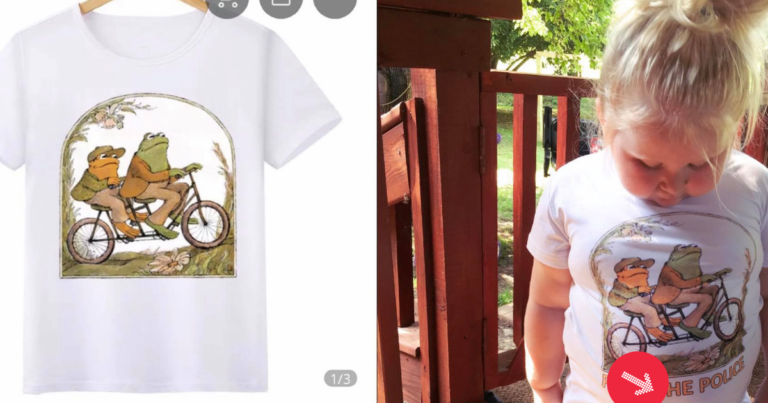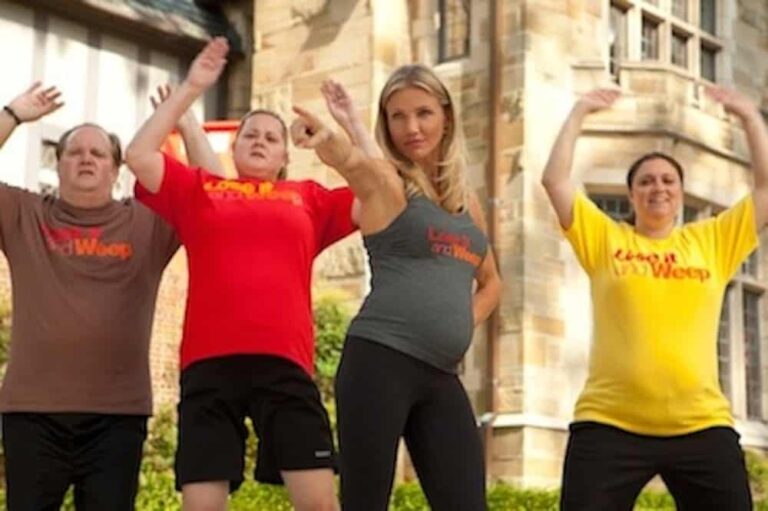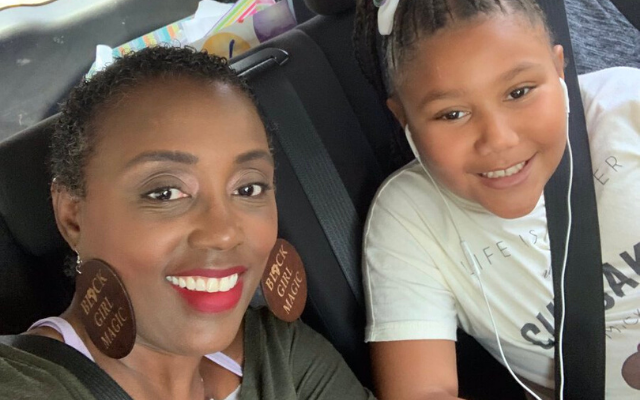What Is Hand-Foot-and-Mouth Disease?
Well, now that most kids are back in school, we should probably spend a little time talking about the myriad diseases and illnesses they’ll bring home. My youngest was in preschool for three days this year before she caught a cold. THREE DAYS. That’s all it took for the runny nose and coughing to start. My kids are pretty healthy, and even their immune systems are no match for their petri dish classrooms. The next few months will be a cycle of colds and fevers and maybe even vomiting, while we wait for their germ-fighting capabilities to catch up. What is it with kids at school? Do they just sit around licking each other and sharing drinks? It’s absolutely bonkers. But listen, I’ll take the occasional cold (even the weeks-long cold) over some other common childhood illnesses, like hand-foot-and-mouth disease. The thought of that disaster striking my home sends shivers down my spine.
What exactly hand-foot-and-mouth disease? It sounds dreadful, and that’s because it is.
https://www.instagram.com/p/Bm0_ts0AOUQ/?tagged=handfootmouthdisease
HFM disease is a viral infection caused by the coxsackievirus. It’s very common among young kids (because they’re gross, probably), and it’s highly contagious. So if some kid in your kid’s class has it, buckle up. It’s very likely coming home with your kid very soon.
The disease is characterized by a rash on the hands and feet and sores in the mouth. It’s important to note that once it’s reached the rash and sore stage, it’s probably been incubating for a few days. Earlier symptoms include a high fever, sore throat, and generally feeling pretty crappy. Because those symptoms could be indicative of pretty much anything, a lot of people don’t realize it’s HFM disease until the rash and sores show up.
The next set of symptoms are pretty unmistakable.
After a day or two of fever and malaise, the rash and sores will appear. Mouth sores will be painful, blister-like lesions on the lips, gums, tongue, and inside of the cheeks. The rash will appear on the palms of the hands and bottoms of the feet, and sometimes on the butt. The rash itself usually isn’t itchy or painful, but it can blister.
There aren’t really tests needed to confirm a diagnosis; usually, your pediatrician can diagnose hand-foot-and-mouth disease after a visual exam.
Now for some good news: HAHAHA, just kidding. More bad news: there’s no cure for it, and no medicine to speed it up.
Hand-foot-and-mouth disease is a virus, and you know the deal with viruses: you just have to let them run the course. You can definitely treat some of the symptoms with OTC meds like Tylenol or Motrin for the pain and fever, ice pops or cold foods to relieve some of the mouth pain, and anti-itch cream like calamine for the rashes. But other than that, you just have to keep your kiddos comfortable and isolated for 7-10 days until the virus has run its course.
Some more bad news: it’s really contagious. So if your kid has been exposed at school or daycare, there’s a VERY good chance they’re going to get it. Get your kids in the habit of washing their hands thoroughly, and talk to their teachers about how they disinfect common areas in classrooms. At the first sign of symptoms, keep your kid home and isolate them. Your kids should be staying with a fever anyway, but knowing that it could turn into this gross disease should make you extra cautious.
My sympathies if you’ve dealt with hand-foot-and-mouth disease, it sounds brutal. Hopefully, if you’ve never had to deal with it (knock on wood), this information is helpful! And just a heads up: adults can get it, too. So there’s another reason to be vigilant, because when mom gets sick, worlds collapse.
(Image: iStock / lolostock)






